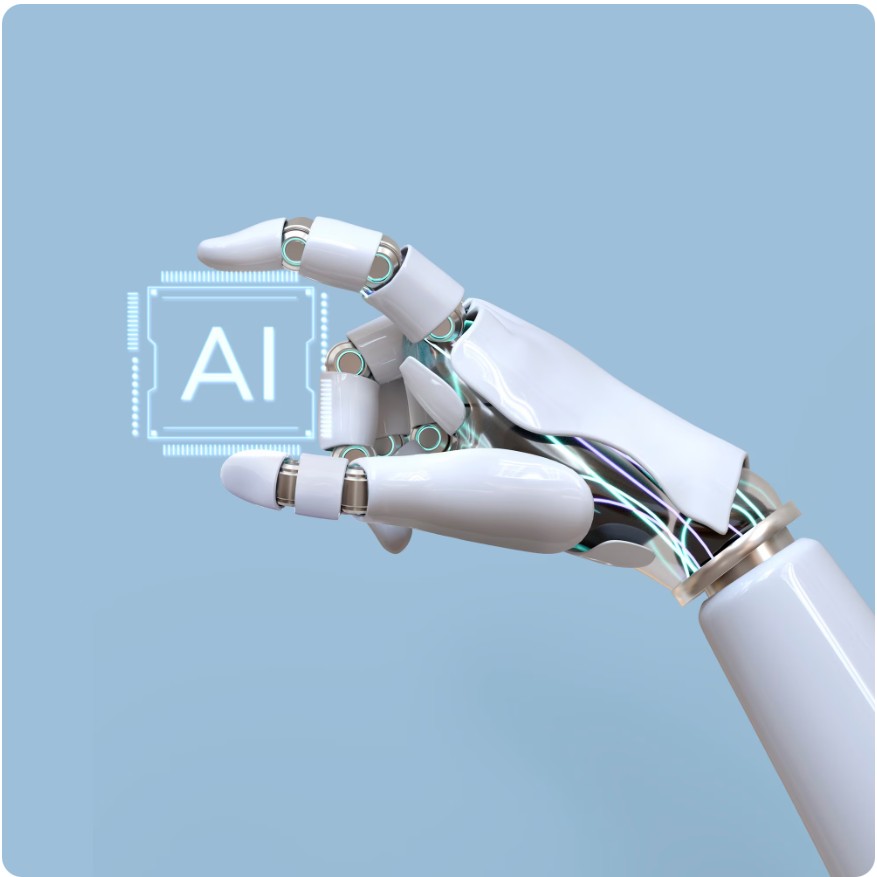The Future of AI in Translation: Opportunities and Challenges

Artificial Intelligence is transforming the translation industry at an unprecedented pace. From neural machine translation to advanced language models, AI technologies are reshaping how we approach multilingual communication. However, this technological revolution brings both exciting opportunities and significant challenges that require careful consideration.
The Current State of AI in Translation
Today's AI translation systems have achieved remarkable accuracy improvements over the past decade. Neural Machine Translation (NMT) has largely replaced statistical methods, offering more natural and contextually appropriate translations. Companies like Google, DeepL, and Microsoft have developed sophisticated systems that can handle multiple language pairs with impressive fluency.
Key Insight: While AI translation has improved dramatically, the technology still struggles with cultural nuances, idiomatic expressions, and context-dependent meanings that require human expertise.
Opportunities in AI-Powered Translation
1. Speed and Efficiency
AI translation systems can process vast amounts of text in seconds, enabling rapid content localization for global businesses. This speed advantage is particularly valuable for:
- Real-time communication in international business settings
- Rapid content localization for digital platforms
- Emergency response situations requiring immediate translation
- Large-scale document processing for legal and technical materials
2. Cost-Effective Solutions
AI translation can significantly reduce costs for routine translation tasks, making multilingual content accessible to smaller businesses and organizations with limited budgets. This democratization of translation services opens new markets and opportunities.
3. Consistency Across Projects
AI systems maintain consistent terminology and style across large translation projects, ensuring brand voice consistency in multilingual content. This is particularly valuable for technical documentation and marketing materials.
Challenges and Limitations
Cultural Context and Nuance
One of the most significant challenges for AI translation is understanding cultural context. Languages are deeply intertwined with culture, and effective translation often requires knowledge of:
- Cultural references and historical context
- Social norms and appropriate register
- Industry-specific terminology and conventions
- Legal and regulatory requirements in different markets
Quality Assurance and Accuracy
While AI translation has improved significantly, errors can still occur, particularly with:
- Complex sentence structures
- Ambiguous pronouns and references
- Technical or specialized content
- Creative or marketing copy requiring adaptation rather than translation
Professional Insight: At Transila, we've found that the most effective approach combines AI efficiency with human expertise, ensuring both speed and cultural accuracy in our translations.
The Human-AI Collaboration Model
The future of translation lies not in replacing human translators but in creating effective collaboration between AI systems and human experts. This hybrid approach leverages:
AI Strengths:
- Speed and consistency for routine content
- Initial draft generation for complex projects
- Terminology consistency across large projects
- Real-time assistance for human translators
Human Expertise:
- Cultural adaptation and localization
- Quality assurance and error correction
- Creative and marketing content adaptation
- Client communication and project management
Future Trends and Predictions
Looking ahead, several trends are likely to shape the translation industry:
1. Specialized AI Models
We expect to see more domain-specific AI translation models trained on specialized content like legal documents, medical texts, and technical manuals. These models will offer improved accuracy in their respective fields.
2. Enhanced Context Understanding
Future AI systems will better understand context through improved natural language processing capabilities, leading to more accurate translations of complex documents.
3. Real-Time Multimodal Translation
Integration of text, speech, and visual elements will enable more comprehensive translation solutions for multimedia content and real-time communication.
Best Practices for Leveraging AI in Translation
To maximize the benefits of AI translation while maintaining quality, consider these best practices:
For Businesses:
- Use AI for initial drafts and routine content
- Always include human review for customer-facing materials
- Invest in post-editing by qualified linguists
- Maintain glossaries and style guides for consistency
For Translation Professionals:
- Embrace AI as a productivity tool rather than a threat
- Develop post-editing and quality assurance skills
- Focus on high-value services like cultural adaptation
- Stay updated with the latest AI translation technologies
Conclusion
The future of AI in translation is bright, but it's a future that includes rather than replaces human expertise. As AI systems become more sophisticated, they will handle routine translation tasks with increasing accuracy, freeing human translators to focus on complex, creative, and culturally sensitive work.
At Transila, we believe the most successful translation strategies combine the efficiency of AI with the cultural insight and quality assurance that only human experts can provide. This hybrid approach ensures that our clients receive translations that are not only accurate but also culturally appropriate and engaging for their target audiences.
Ready to experience the perfect balance of AI efficiency and human expertise? Contact Transila today to discuss your translation needs and discover how our hybrid approach can deliver superior results for your global communication projects.